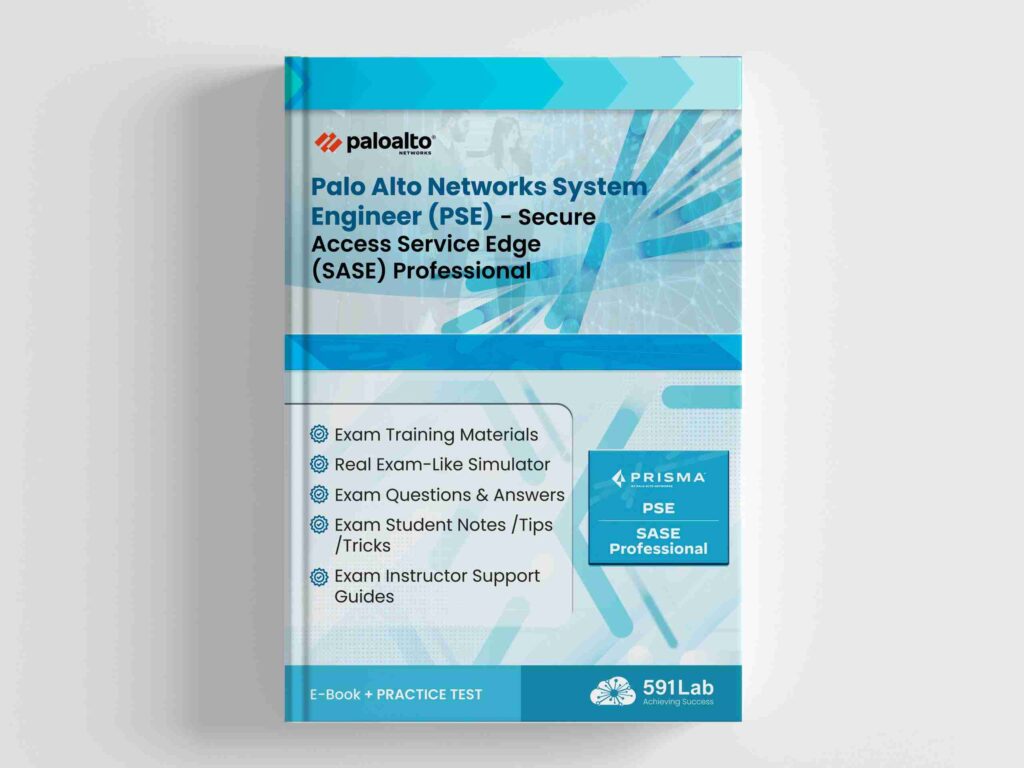You might think obtaining Palo Alto certifications is too complex or time-consuming, but with a clear plan, it can be manageable. First, you’ll need to assess your current skills and decide which certification aligns with your career goals. Once you know your path, it’s crucial to devise a structured study approach that incorporates both theoretical knowledge and practical experience. But there are key steps in the registration process and preparation tips that can make all the difference in your success. Let’s explore how you can streamline this journey and enhance your chances of passing the exam.

Understanding Palo Alto Certifications
When you delve into Palo alto certifications, it’s crucial to understand their structure and purpose, as these credentials validate your expertise in network security.
The certifications are categorized into distinct levels: Professional, Associate, and Expert, each with specific skill requirements. You’ll encounter various exam formats, including multiple-choice questions and practical scenarios, which assess your hands-on abilities.
By obtaining these certifications, you can unlock significant career benefits, such as increased job opportunities and enhanced credibility in the field.
To prepare effectively, leverage a range of study resources, from official courses to online practice exams. Additionally, keep in mind the certification validity and renewal process to maintain your credentials and stay updated with the evolving security landscape.
Choosing the Right Certification Path
With a solid understanding of Palo Alto certifications established, selecting the right certification path tailored to your career goals becomes imperative.
Begin by evaluating the certification levels: Entry-level, Professional, and Expert. Each level requires different knowledge and skills, so align your choice with your current expertise and desired career trajectory.
For instance, if you’re new to cybersecurity, start with the Entry-level certifications to build a foundational skill set. As you progress, consider Professional certifications to deepen your expertise in specific areas.
Assess the career benefits associated with each certification; higher-level certifications often lead to advanced roles, increased earning potential, and enhanced marketability.
Ultimately, choose a path that not only enhances your skills but also aligns with your long-term career aspirations.
Preparing for the Exams
To effectively prepare for Palo Alto certification exams, you must dive into a structured study plan that encompasses both theoretical knowledge and practical skills.
Start with comprehensive exam study materials, including official documentation, online courses, and relevant resources. Focus on understanding core concepts, as these form the foundation of the exam.
Incorporate practice tests into your routine to gauge your knowledge and identify weak areas. Simulate exam conditions to improve time management and reduce anxiety. Regularly review your performance on these practice tests to adjust your study plan accordingly.
Engage in hands-on labs to solidify your understanding and apply concepts in real-world scenarios. By combining theory with practice, you’ll enhance your readiness for the exam and increase your chances of success.
Registration Process
Navigating the registration process for Palo Alto certifications is a crucial step that requires attention to detail.
First, ensure you meet the registration requirements, which typically include prerequisites such as prior training or experience with Palo Alto Networks products. Once you confirm eligibility, you can proceed to exam scheduling.
Visit the official Palo Alto certification website, where you’ll find a user-friendly portal for scheduling your exam. Select your desired certification and choose an exam date that fits your timeline.
After scheduling, review any confirmation emails for specific instructions. Remember, it’s essential to keep track of deadlines and necessary documents, as these factors can impact your ability to register successfully for the certification exam.
Tips for Success
A solid preparation strategy significantly enhances your chances of success in obtaining Palo Alto certifications. First, gather comprehensive study resources, including official documentation, online courses, and practice exams. Focus on understanding key concepts rather than rote memorization.
Next, implement effective exam strategies; familiarize yourself with the exam format and time constraints to manage your time efficiently during the test. Create a study schedule that allocates time for each topic, ensuring you cover all essential areas.
Regularly assess your progress with practice tests to identify weak points. Engaging in study groups can also provide diverse insights and reinforce learning.
Conclusion
As you navigate the path to Palo Alto certifications, think of yourself as a skilled sailor charting a course through uncharted waters. Each certification level represents a landmark guiding you toward professionalism. With a solid study plan as your compass and practice exams as your wind, you’ll gain the confidence to face the waves of the exam. Stay focused, adapt your sails, and soon you’ll dock at the harbor of success, ready to embark on new career adventures.
